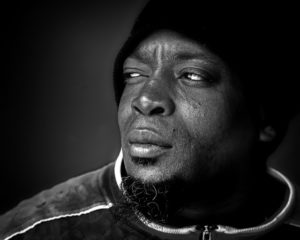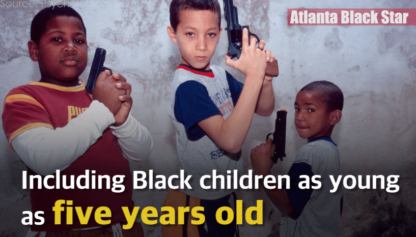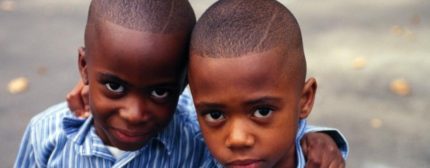
Black men make up only 20 percent of defendants charged with lying about their HIV status to a sexual partner, but they made up 62 percent of the news coverage. (Pixabay)
Canadian researchers found most of their newspapers focused HIV criminality case stories on Black men, pointing to hypersexuality and otherness in the country.
Published in the Social Science Research Network, the report sampled 1,680 English-language articles regarding cases of men not revealing their HIV status to their partners from 1989 to 2015. They found that even though most of the defendants were white, the coverage was overwhelmingly focused on Black men. Black men (including Canadians, Africans and Caribbeans) made up only 20 percent of the defendants charged in such cases, yet they comprised 62 percent of news coverage. When it came to white men, they represented 27 percent of the defendants but show up in only 25 percent of the news stories.
The report, which also analyzed coverage of Asian and Latin American men and found it was approximately proportional, noted that white men’s race was not named since whiteness is usually treated as normative or the default. Because of that, many articles that did not explicitly state the defendant’s race were assumed to have been about white men.
Another topic broached in the study is the tendency for publications to compound racialization of defendants with otherness. Not only do papers identify Black men with photos, they also reference them as “foreigners” by using their countries or states of origin.
“The overall effect is a popular discourse that stigmatizes Black heterosexual immigrant men living with HIV,” the report said. “Characterizing them as deceitful, hypersexual threats to the health and safety of [White] women and the imagined Canadian nation.”
One example of this is the 1993 case of Canadian Charles Ssenyonga, a Ugandan immigrant living with HIV whose case provoked national headlines. The coverage showcased the links between hypersexuality and racialized otherness and how they’re conjured up in the media.
“We pay particular attention to his representation as an “African other” and the
use of criminal-victim polarities in framing the coverage of his case,” the report said.
HIV Network of Edmonton Society Public Engagement director Laura Keegan told Global News about the importance of such a study and how future reporting should change.
“The results speak for themselves as to the racial bias that exists and it is up to all of us to work together to ensure accurate, noninflammatory reporting of all issues,” she said. “But we know that it is especially important in terms of the continued stigma facing people living with HIV.”

